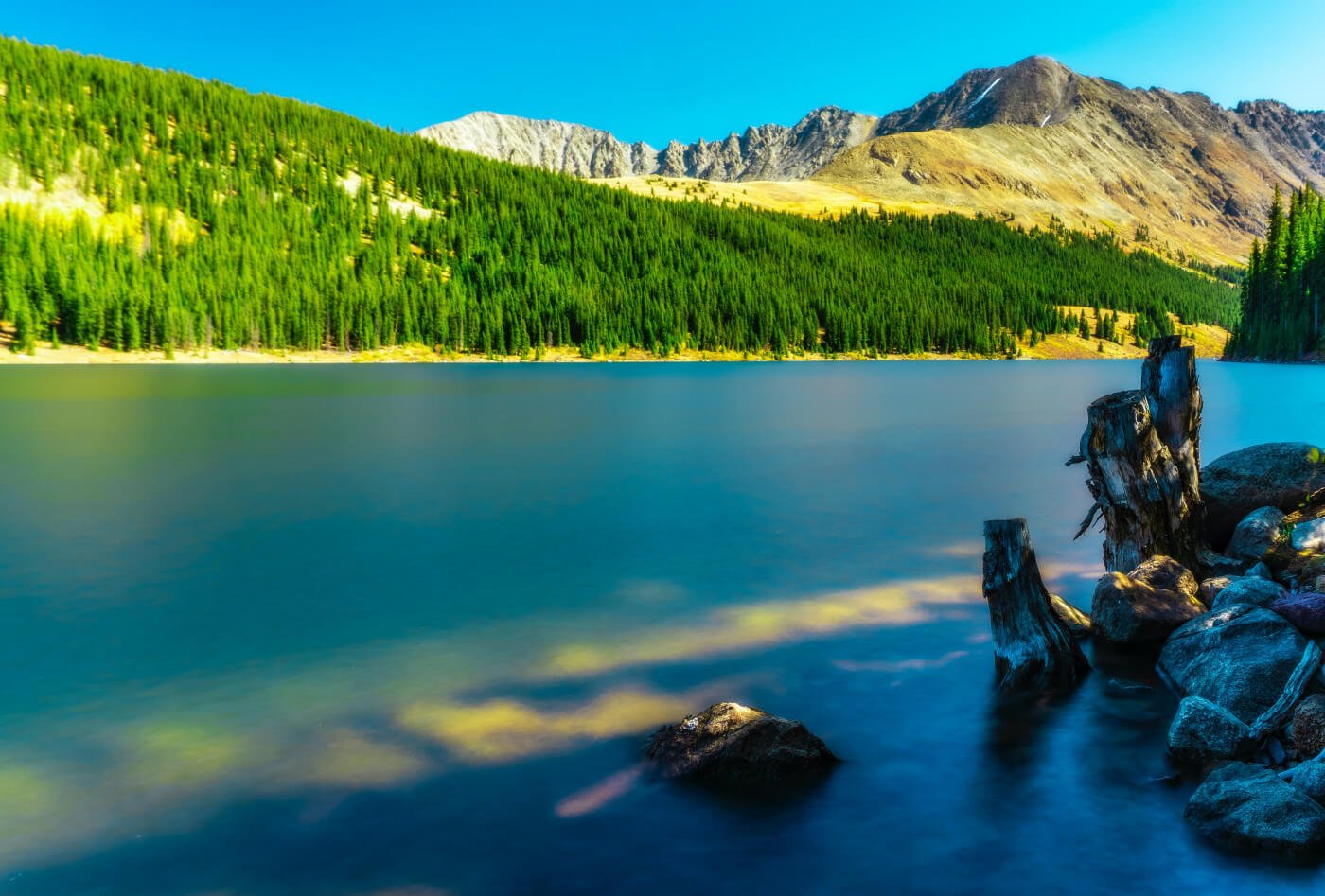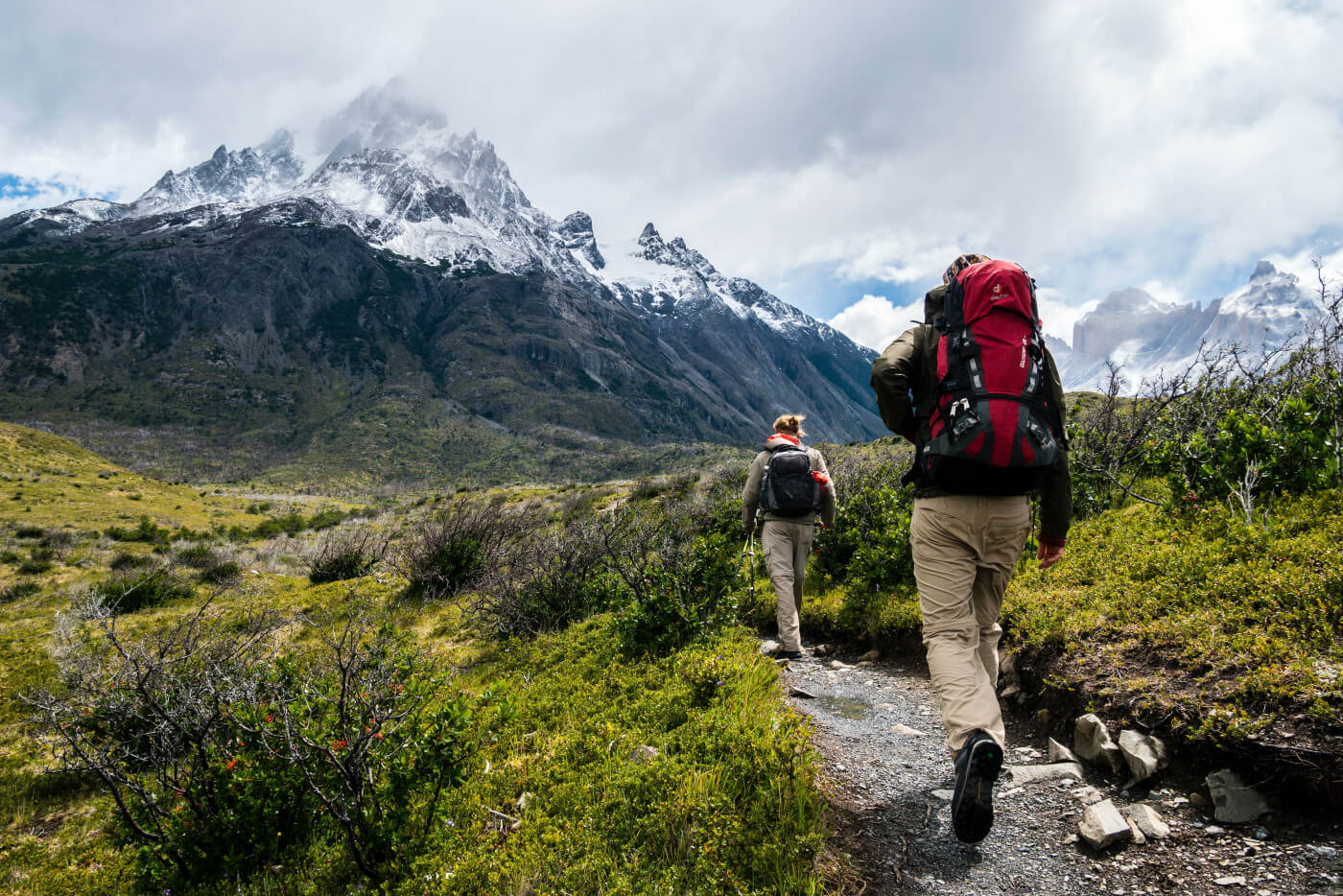No one anticipates getting into a dangerous situation while exploring outdoors. Unfortunately, it does happen and you don’t want to be caught in a difficult situation without the correct equipment and knowledge. Staying safe outdoors is all about preparation and throughout this article, we will provide an overview of the best practices to stay safe while exploring outdoors.
Do you remember the guy who had to saw his arm off after he was stuck under a boulder for 127 hours? Well, he didn’t follow some basic tips that we have included in this post. Unfortunately for his arm, he didn’t share a trip plan with anyone and he didn’t have any way to call for help. His story might have ended very differently had he done these two actions. Luckily he was carrying a multi-tool with him which saved his life but not his arm.
Depending on what adventure you are undertaking, the safety advice will differ. This will also depend on what country, climate and season you are exploring in. No matter where you are adventuring there are some fundamental safety factors that everyone needs to be aware of.
Preparation
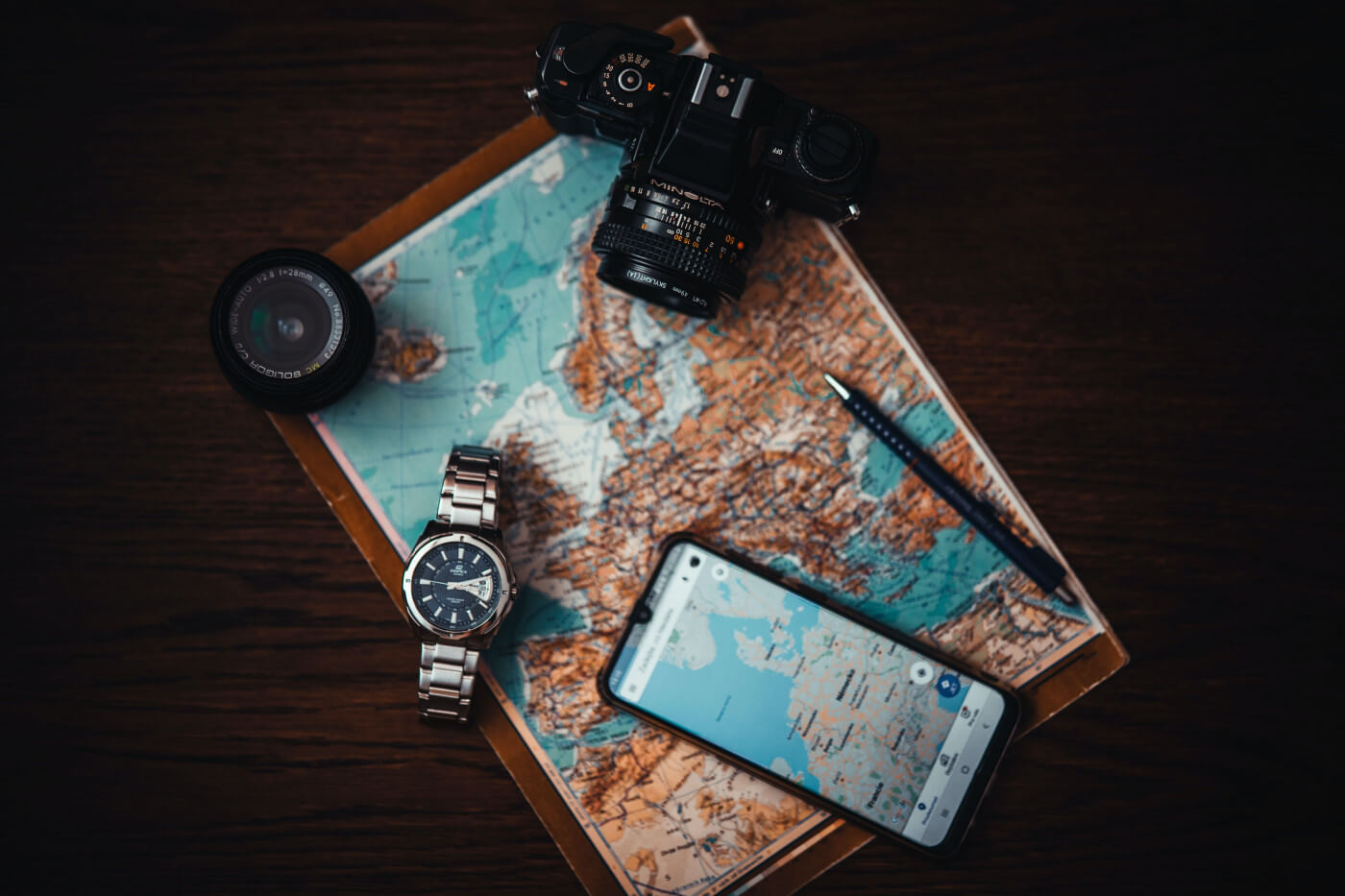
Preparation is the key to staying as safe as possible outdoors. There are a few topics that we are going to cover and these include:
- Research your trip e.g weather forecast, wildlife hazards, route, conditions and difficulty
- Once you have completed your research evaluate you and your friends experience, fitness level, skills and equipment. This is when you decide if it is appropriate to go ahead with the original planned adventure or to modify it to something more suitable.
- Always remember to bring the 10 Essentials
- Traveling in a group
- Share a trip plan with someone who is at home
- Wear appropriate clothing and shoes. Pack additional layers for adverse weather conditions
- Know how to avoid common causes of outdoor emergencies
- Know what to do if something goes wrong
Being prepared is a multi step process and it includes having the right knowledge, experience and clothing/equipment to limit the chances of something negative happening.
As part of your preparation this includes knowing what to do in a potentially dangerous situation and knowing how to survive or help someone else to survive.
Research

The first step is to research your outdoor adventure. This means reading trail descriptions, official websites (national park and/or government sites), blogs, trip reports and a detailed topographic map. There are so many resources online that provide detailed information that you will be able to find and reference as you research your next adventure.
Why not join a Facebook group for that area or region and ask for people’s personal experience on that adventure. Within Facebook groups you can search for a term so why not search for that area or type of trip that you are wanting to go on. Often photos and trip summaries will appear. You can even reach out to people who have done the trip before and ask any burning questions that might be hard to find answers online.
It is important to consider the following points while you are researching your adventure:
- Is this adventure within your and your group's physical limits?
- Do you have the skills and experience to complete this trip safely?
- Do you have the recommended clothing and equipment?
- Are you able to navigate the route confidently?
- What are the dangers and how are you prepared to be safe from them?
Unfortunately, if you answered “no” or “I’m not sure” to any of the questions above then you have more work to do before tackling this adventure. This might include increasing your knowledge, completing a course, finding different friends to go with, working on your fitness level and/or having appropriate gear or clothing.
If you answered yes to all of the above questions then you will have to ask these additional questions:
- What is the weather forecast? Is it safe to adventure with the forecast that is predicted?
- What are the conditions or is the season appropriate to travel in? (Especially important for snow or desert areas)
- Are there any restrictions or closures that you need to be aware of? (Best to check government or council websites for official updates)
Training
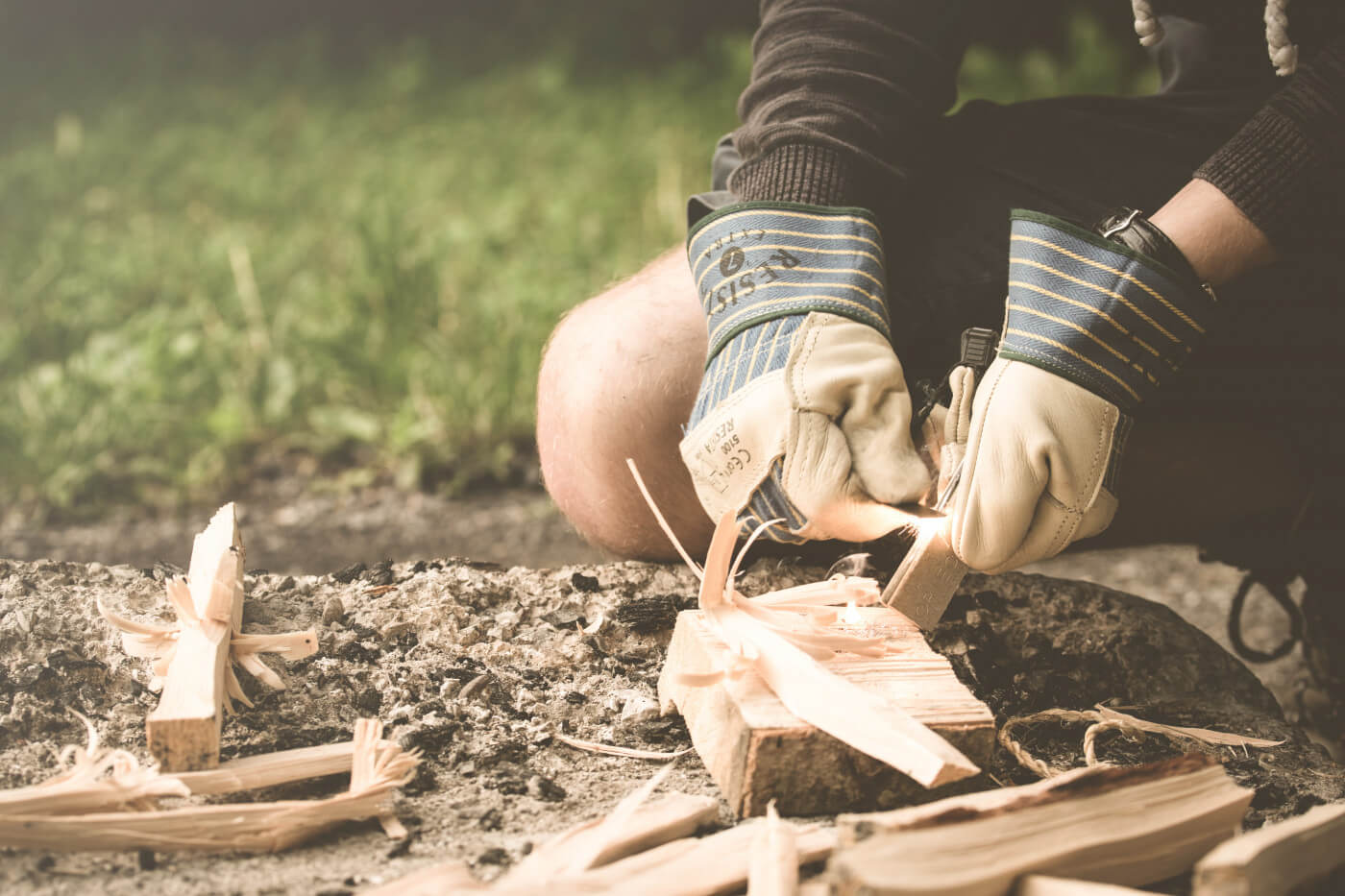
Depending on what outdoor adventure you want to go on, completing training might be recommended or essential. If you are a novice you might be able to find a friend to teach you however you cannot expect your friends to always be willing to teach you as they might want to visit areas that are not recommended for a beginner.
There are courses for:
- Avalanche Safety
- Swift Water Rescue
- Navigating with a map and compass
- Survival skills
- Rock climbing
- Backcountry skiing or snowboarding
- And many many more, get googling and you will find what you are looking for.
No matter what you want to do there is most likely a course or training available. Wilderness First Aid course is a two day long course that teaches you advanced first aid skills and is designed for those adventurers who are serious about spending time safely outdoors.
Wildlife
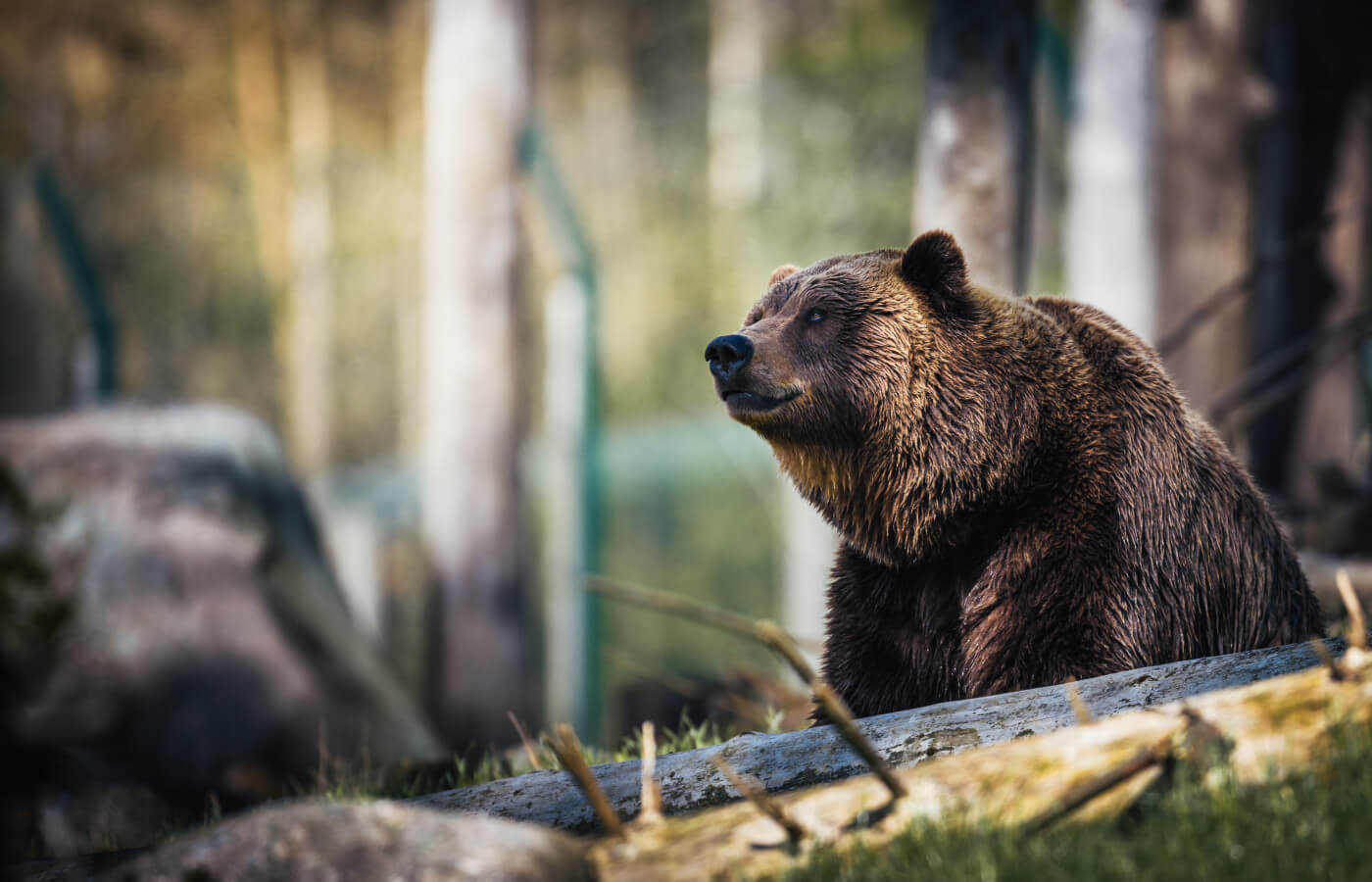
Researching where you are traveling and understanding if there are any wildlife concerns is paramount to your safety. In my personal experience I have adventured in bear country in Canada, hiked throughout Australia which is covered in poisonous snakes and surfed with sharks.
Knowing which animals are around and how to appropriately deal with them will keep you and the wildlife safe. Sometimes closures are in place due to wildlife concerns or to protect vital habitats during certain seasons. That is why research is so important when planning a trip.
Weather
Studying the forecast is critical before you leave for your adventure, however never expect it to be 100% accurate and be prepared for weather to change quickly. This is especially important in mountain regions where it can go from a hot summer's day to snowy in a few minutes. Always pack additional clothing and gear for all weather conditions as you never want to be stuck needing something that you should have packed.
The 10 Essentials
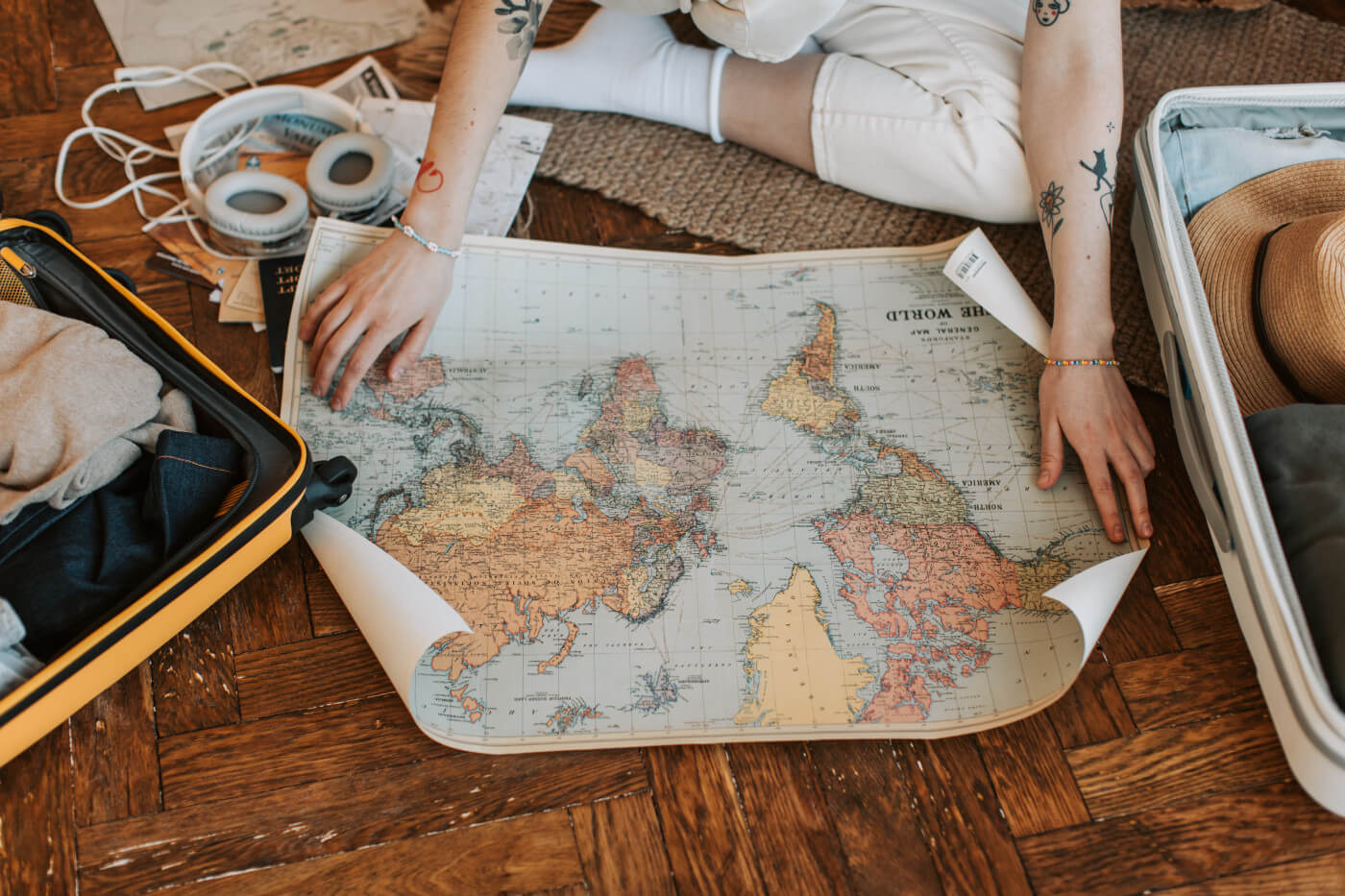
This is a list of essential items originally compiled by the Seattle group ‘the Mountaineers’ in the 1930’s. It has stood the test of time and is still relevant in our modern day!
1. Insulation
It is important to pack clothing for the coldest conditions possible during the time that you are exploring. Weather can change in seconds so never underestimate the weather and remember that the weather at the start of your hike could be very different on top of the mountain or on the other side of the lake etc…
Packing additional items such as a beanie, hat, gloves, waterproof layers, additional layers, extra socks and a buff. It might seem like overkill to carry these in your pack however if the weather changes dramatically you will be thankful that you have them.
2. Sun protection
This is so important even when traveling through the snow. The snow actually reflects the sun back onto you causing sunburn in the middle of winter. Remember to pack sunscreen, sunglasses, SPF lip balm and a hat. I have even hiked with an umbrella in really hot climates to provide myself with constant shade.
3. Navigation
Traveling with a topographic map and compass is important, knowing how to use them is even more important. Remember to keep your map in a waterproof pouch so that it does not get ruined.
Most people travel with their phone and yes offline maps are great, however what happens if your phone runs out of battery, gets lost or is destroyed? You don’t want to rely on only one form of navigation. Make sure you carry a map as a backup at least.
4. Nutrition
Extra food is very important in case of an unexpected delay. You simply might have under anticipated how difficult the trip would be and having extra snacks on hand makes a difficult journey more enjoyable. If you are on a multi-day trip it is always recommended to bring an extra day's worth of food just in case you get stuck for an additional day without warning.
5. Hydration
Water is essential for survival and dehydration is very dangerous especially when you are not near civilisation. Always bring more water than you originally thought and especially if there is elevation involved in your adventure.
Bringing a method of water purification or water filtration will mean that you can safely collect additional water on the way. Through your research you should have found information about water sources along your route. In some climates, you might have to carry all of the water required for your adventure.
6. First Aid Kit
From minor to major incidents a first aid kit is an essential piece of equipment. You can make one yourself or buy a pre-made kit. You can often buy pre-made kits for your specific type of adventure.
Critical items includes bandages, gauze and dressing, band aids, anti blister patches, surgical tape, tweezers, antiseptic, over the counter pharmaceuticals (antihistamines, anti diarrhea medications, paracetamols, ibuprofen and anti nausea tablets). These are just the basics but every trip requires slightly different items depending on what adventure you are partaking in.
7. Fire Starters
This can be a literal life saver for people who are needing to signal for help or suffering from hypothermia. Fire starters are designed to ignite quickly and get a fire started asap. You must also bring along matches (preferably waterproof ones), a lighter or a flint and steel.
8. Illumination
If you experience an unexpected delay some form of light could be the difference between life or death. Every member of the group should have a headlamp in their bag. Extra batteries or a backup light is always a good option. Never rely solely on your phone as it may be more important to save the battery for calling emergency services or your battery might have already run out.
9. Repair Tools And Kit
Depending on what equipment you have with you, carrying a repair kit or basic tools is essential. I carry duct tape wrapped around my walking poles, tape can be used in so many different situations. A knife or multi tool can be utilized to build a shelter, make kindling or assist with first aid. If you are biking then biking tools are a necessity, tools for your ski bindings are critical or a repair kit for a punchered pack raft is the difference between getting home safely versus needing a rescue.
10. Emergency Shelter
Carrying an emergency shelter could save your life if you unexpectedly need to spend the night out in the wilderness. There are many different emergency blankets, tarps or bivvy’s available. These can also be utilized if the temperature drops lower than you expected as an extra layer in your sleeping bag.
Beyond the 10 Essentials we have a few additional items that we recommend:
- Communication device - Often cell phones won’t have a signal depending on where you decide to adventure. Investing in a satellite communication device or PLB (personal locator beacon) could save your life. These devices can be a bit expensive but if you are adventuring regularly outside of cell service then it is highly recommended. Some outdoor stores even rent them for a fee. For your cell phone carrying a portable battery charger means that you can charge your phone on your travels.
- Leave your trip plan with someone else - Leave your itinerary with a trusted friend or family member. Give them a cut off time that if they haven’t heard from you by XYZ time then they should contact local emergency services.
- Leave your ego at home - If the adventure doesn’t go as planned or adverse weather rolls in be prepared to turn around. This might mean turning around 100 meters from the summit but it's always better to be safe than sorry. It is important to know your limits and to not push your group members beyond theirs either. If someone needs to turn around then it's important to not leave them alone either.
Prevention
Preparation is a form of prevention however there are a few key steps that you can take while adventuring to prevent an incident from happening.
- Stay on your course, trail or route (don’t take shortcuts)
- Check your location via a map or GPS location to make sure you are still on the right course
- Stay a group and continue to travel as a group
- Anticipate having no cell service during your adventure
- Stay hydrated and eat regularly, check for water sources to know when to fill up and how much to carry with you
- Respect closures and restrictions that are in place
- Watch for changing weather conditions and adjust your plans accordingly
- Observe wildlife from a distance and do not approach as wild animals can be unpredictable
What To Do If Things Go Wrong

There are so many different factors at play if something was to go wrong on your outdoor adventure. However the basics are as follows:
1. Do Not Panic
Panicking often causes rushed decision making and can cause a lack of judgment. If no one is in immediate danger then evaluate with your group what is the best course of action and make a plan about how to best implement it.
2. Be Positive
Attempting to maintain a positive attitude can go a long way when dealing with an emergency situation. Keeping a clear head and adapting to challenges and problem solving on the go are critical to getting to safety.
3. Call For Help
The decision to call for help shouldn’t be a decision that is taken lightly. However if you are really stuck in a situation that you cannot get yourself out of then call for help sooner rather than later. Depending on where you are located it may take hours or even longer for help to reach you.
If it is nearing to nighttime there is a chance that you may have to stay the night in the wilderness as often emergency services cannot travel in darkness.
You may have to travel a substantial distance to reach a phone signal or if you have a satellite device you will increase your chances of reaching someone to assist you.
4. Settle In
Once you have reached emergency services it is important to follow their advice. Depending on your situation it may mean you have to do the following:
- Stay where you are - Don’t try to move locations as it will make it harder for emergency services to find you. It will also help you to conserve energy.
- Be obvious - Display your most colorful or reflective clothing or equipment. This will assist rescuers to be able to locate you easily.
- Make shelter - You may be waiting for some time so either build or erect a shelter to keep you warm and dry.
- Use smoke - If you are able to make a controlled fire it can be used for both warmth and for signaling.
Adventuring outdoors is meant to be fun and not all doom and gloom. However it is important to stay safe as the experience will obviously be more enjoyable. We hope that his guide has inspired you to think about what you take with you on your adventures, how to prepare correctly and how to enjoy the great outdoors in the best way possible!




